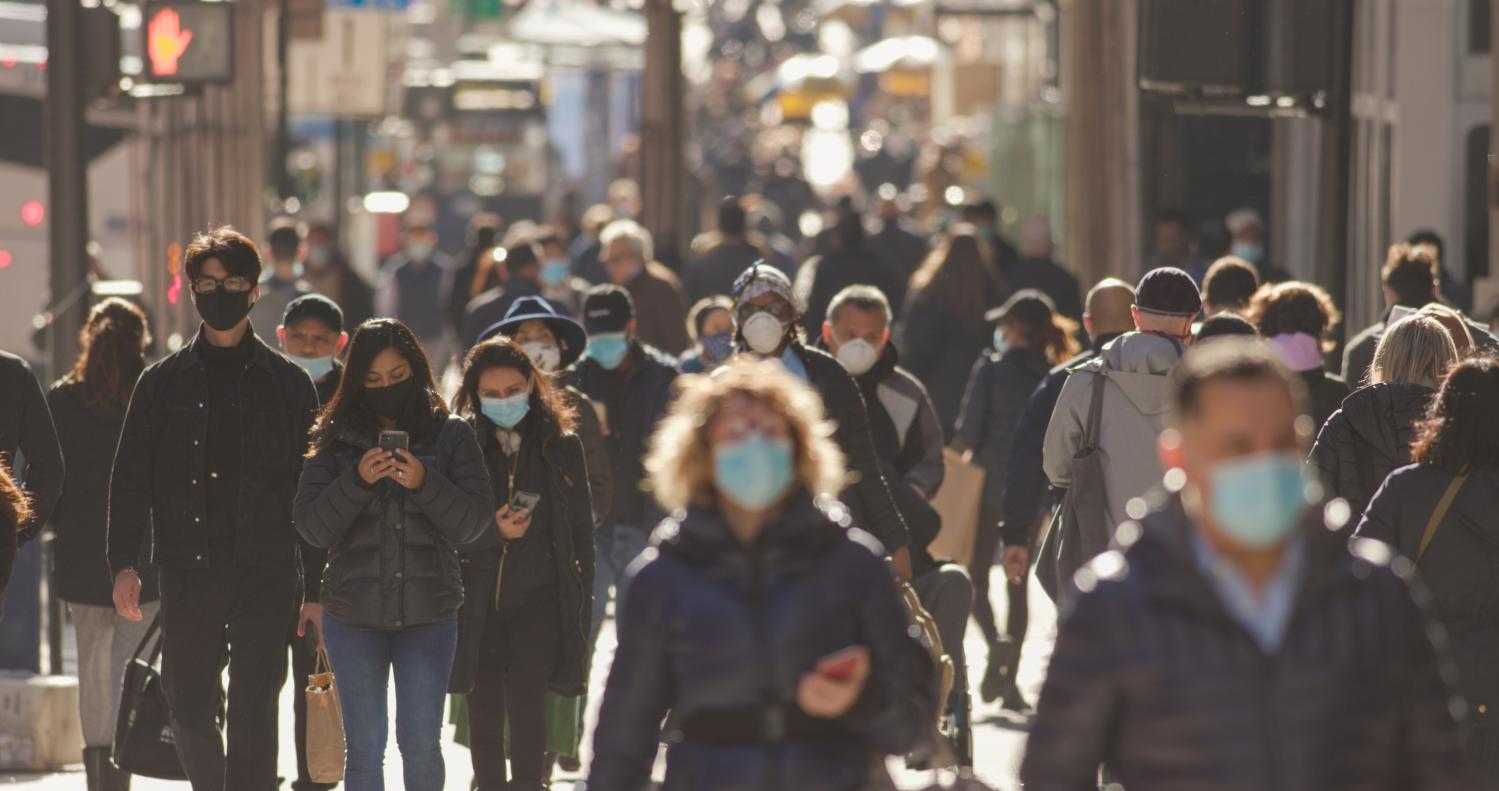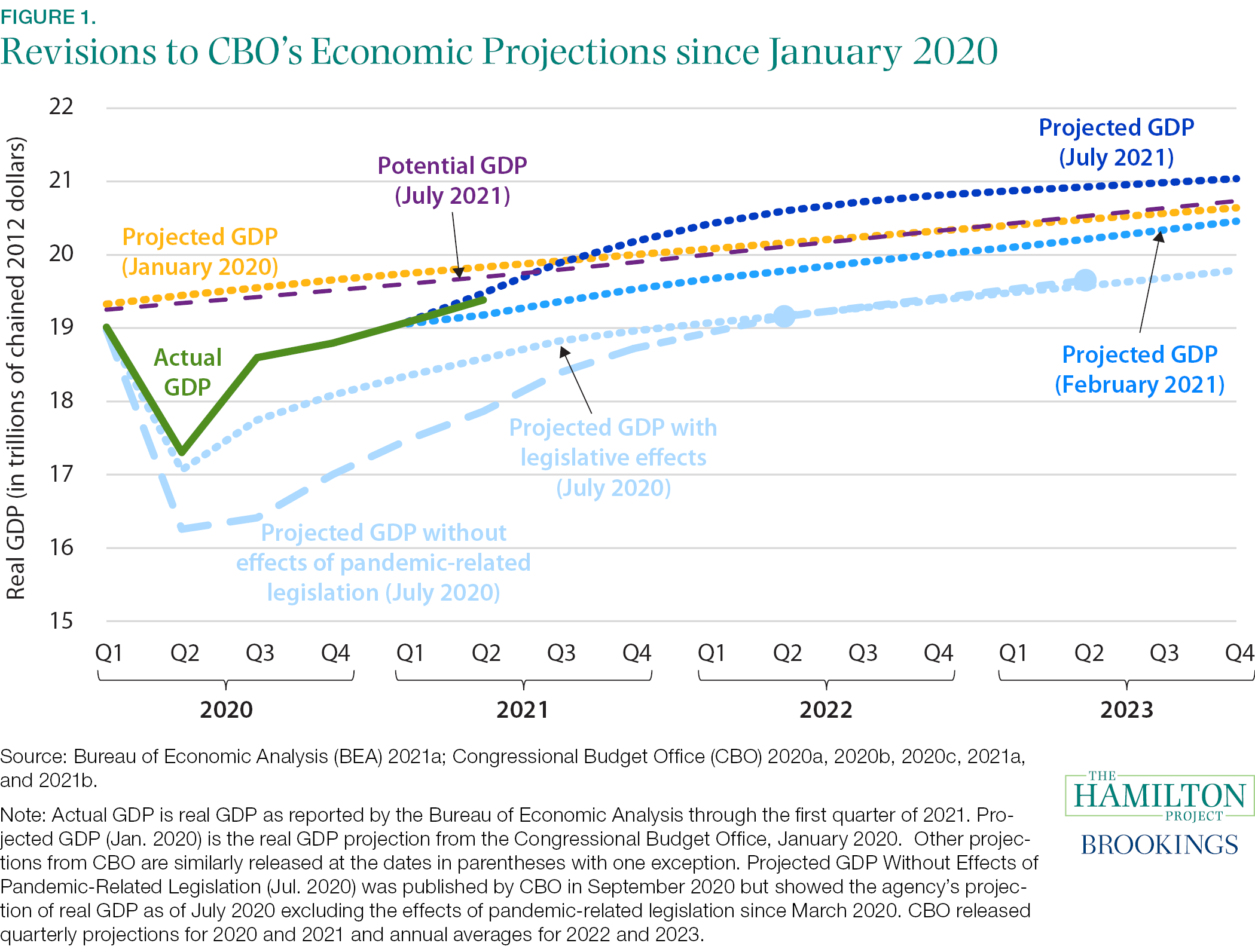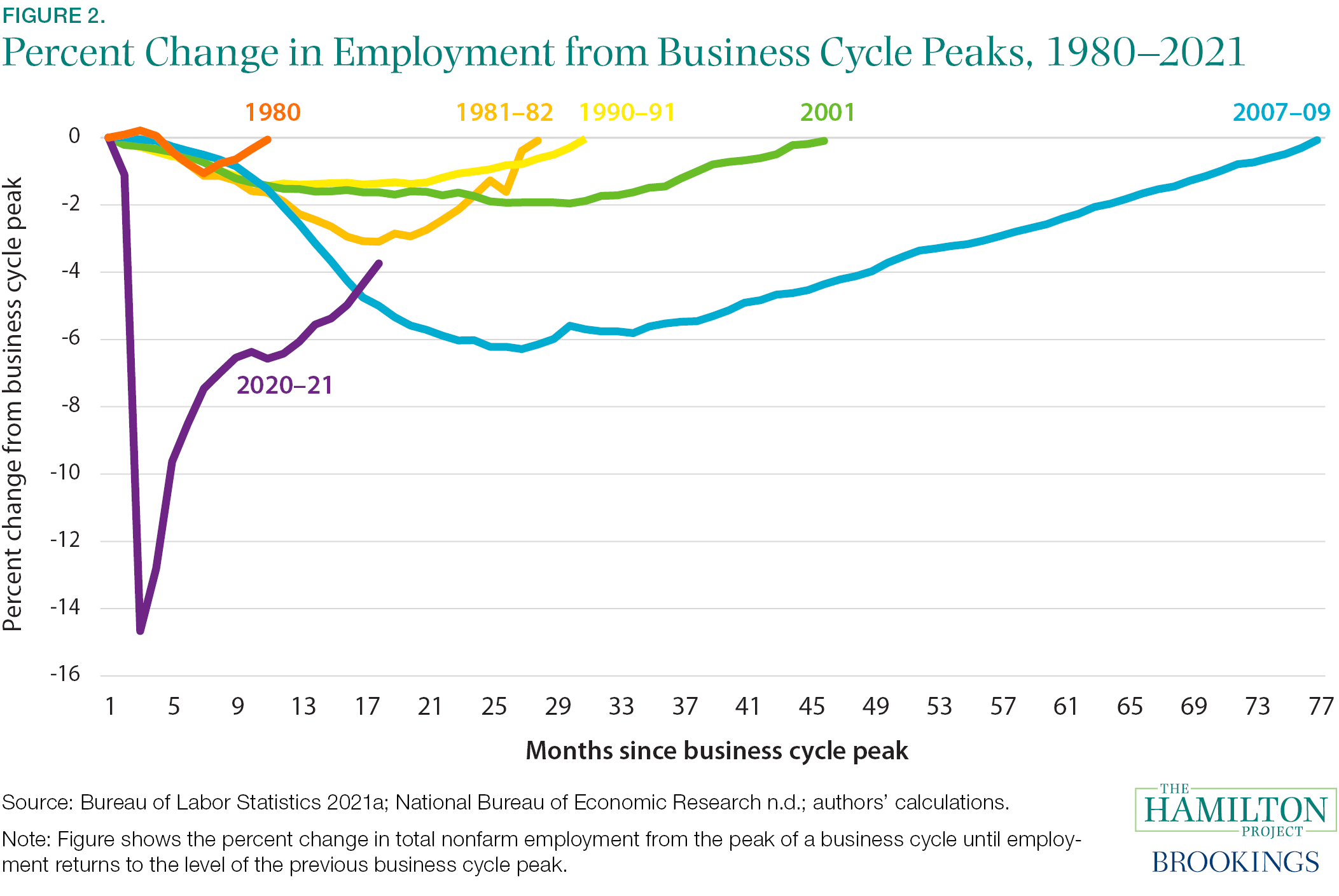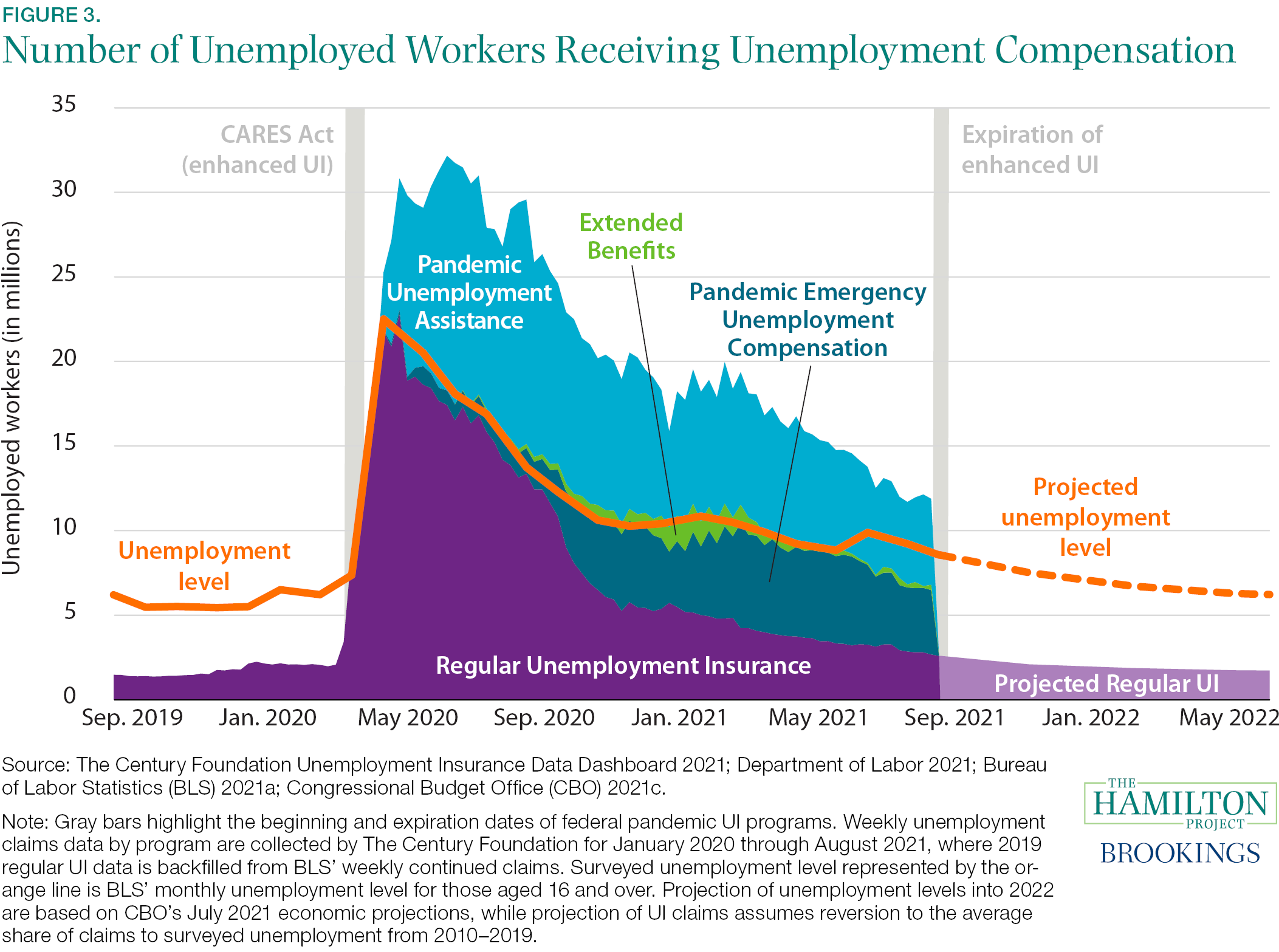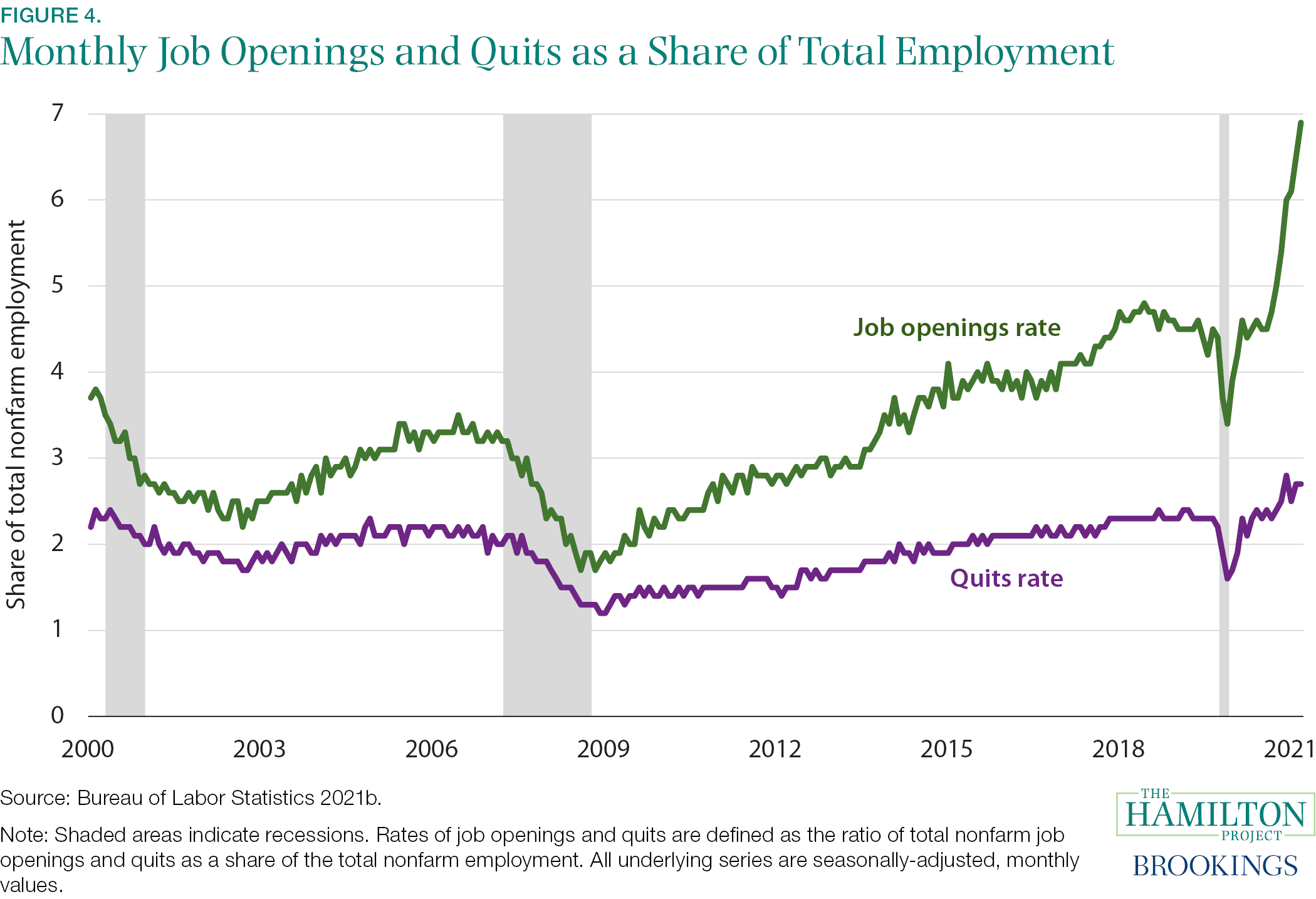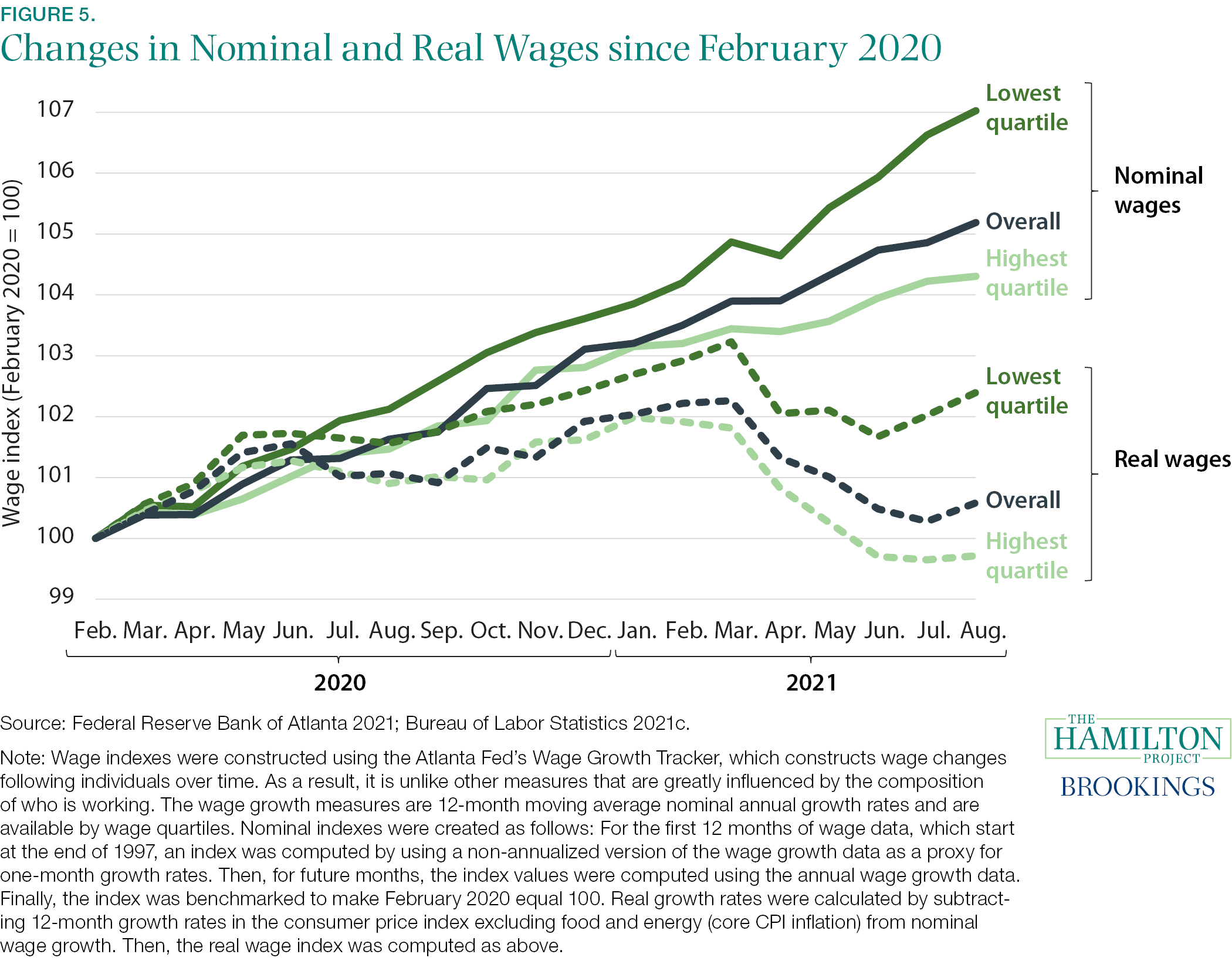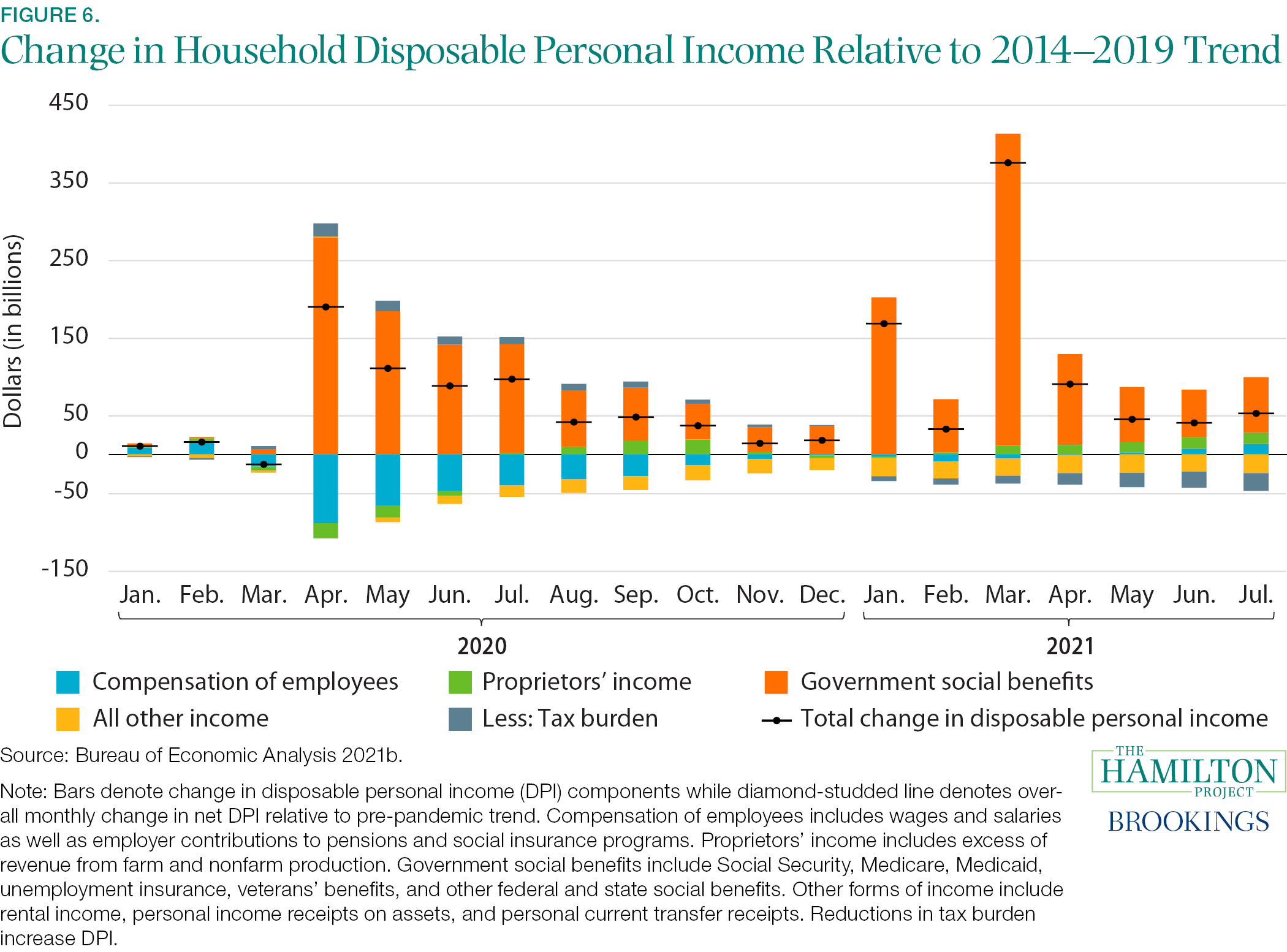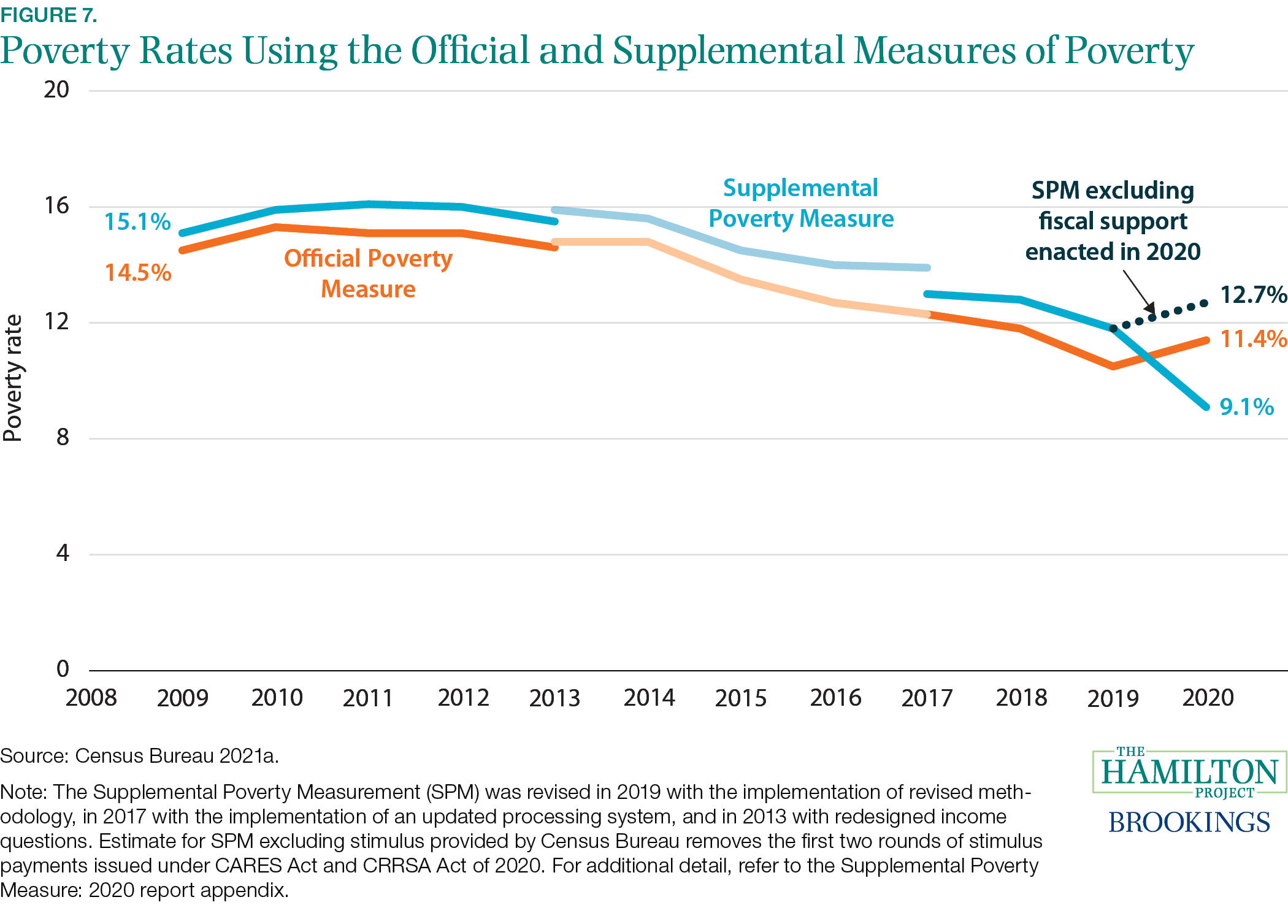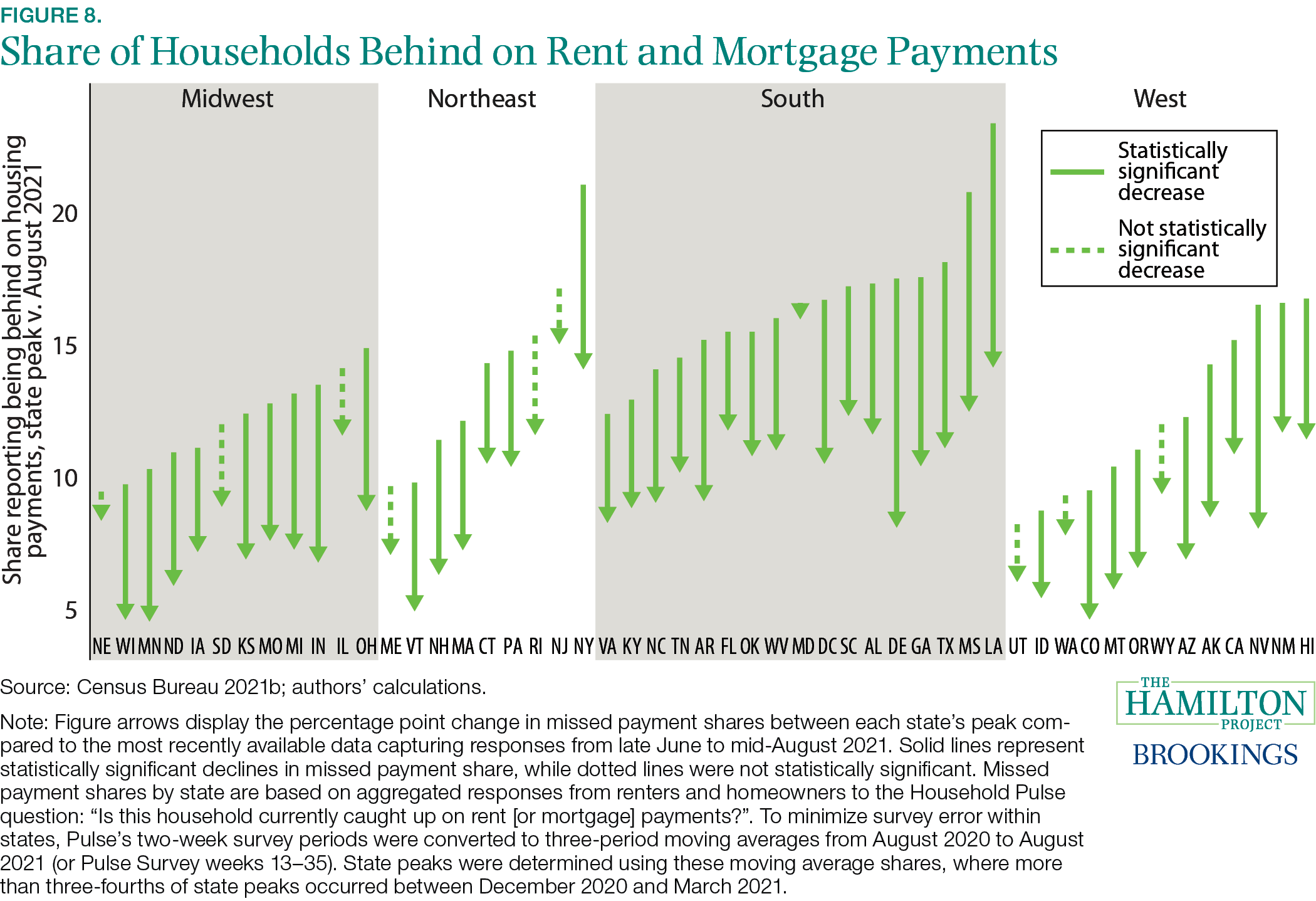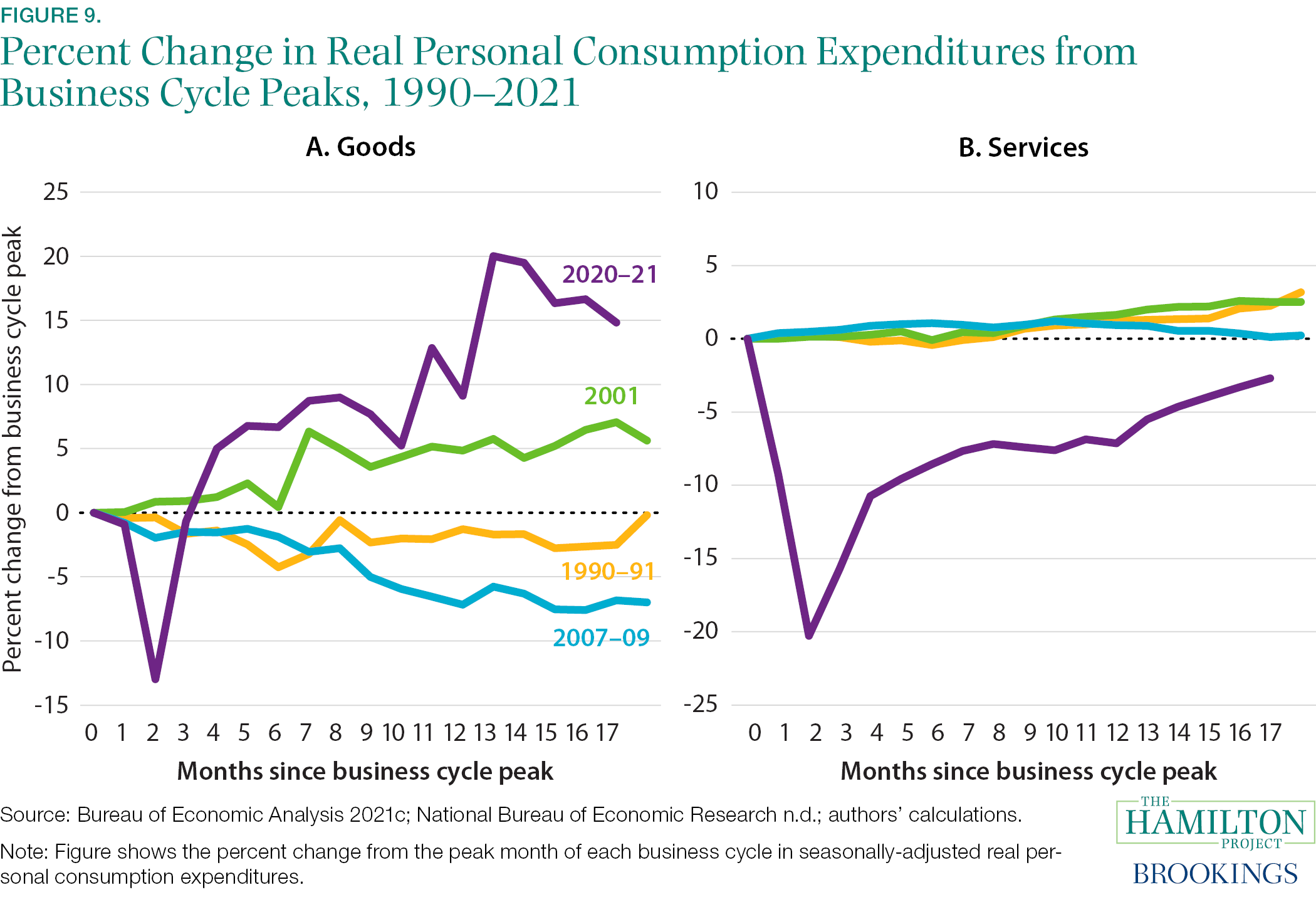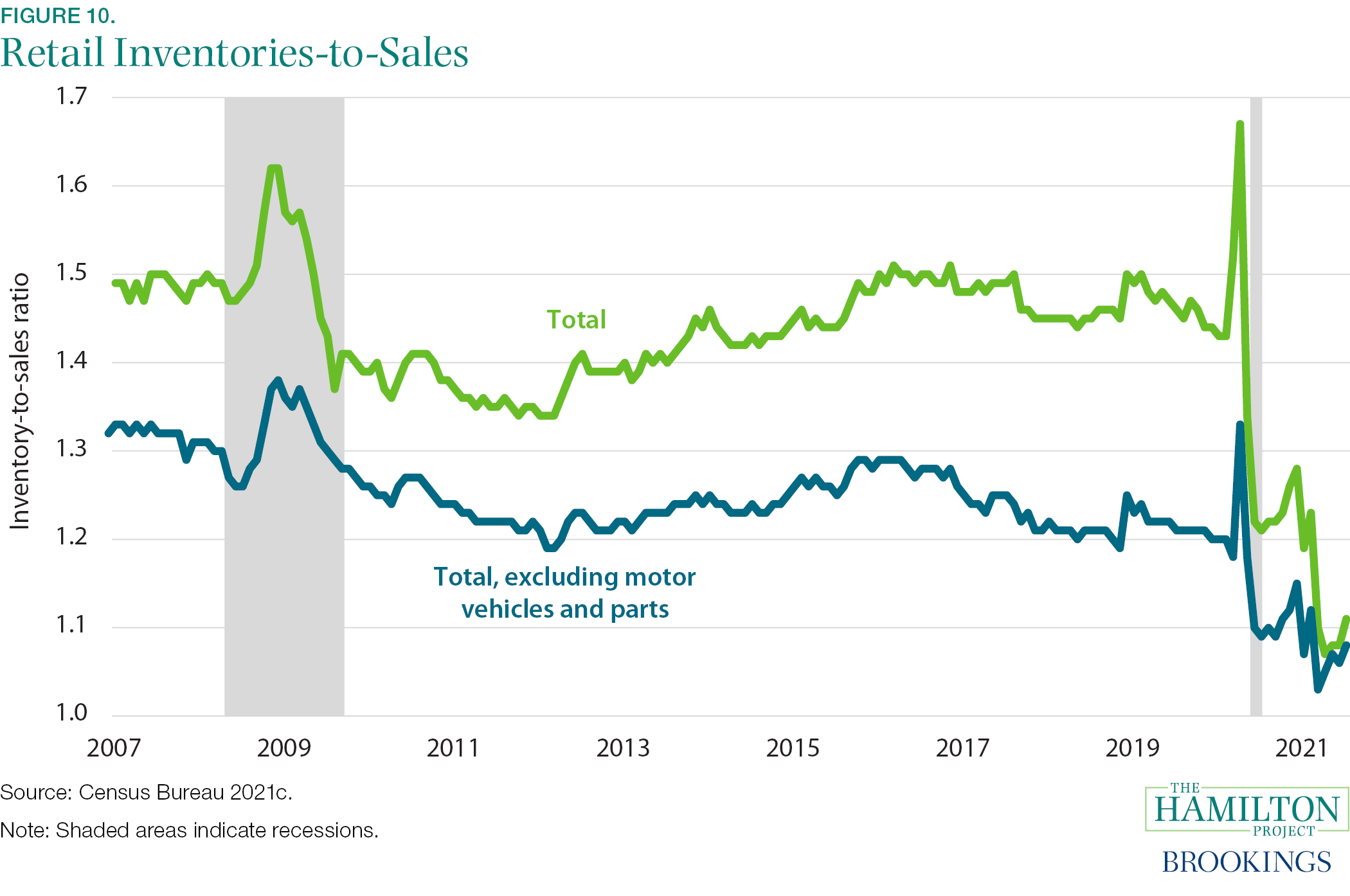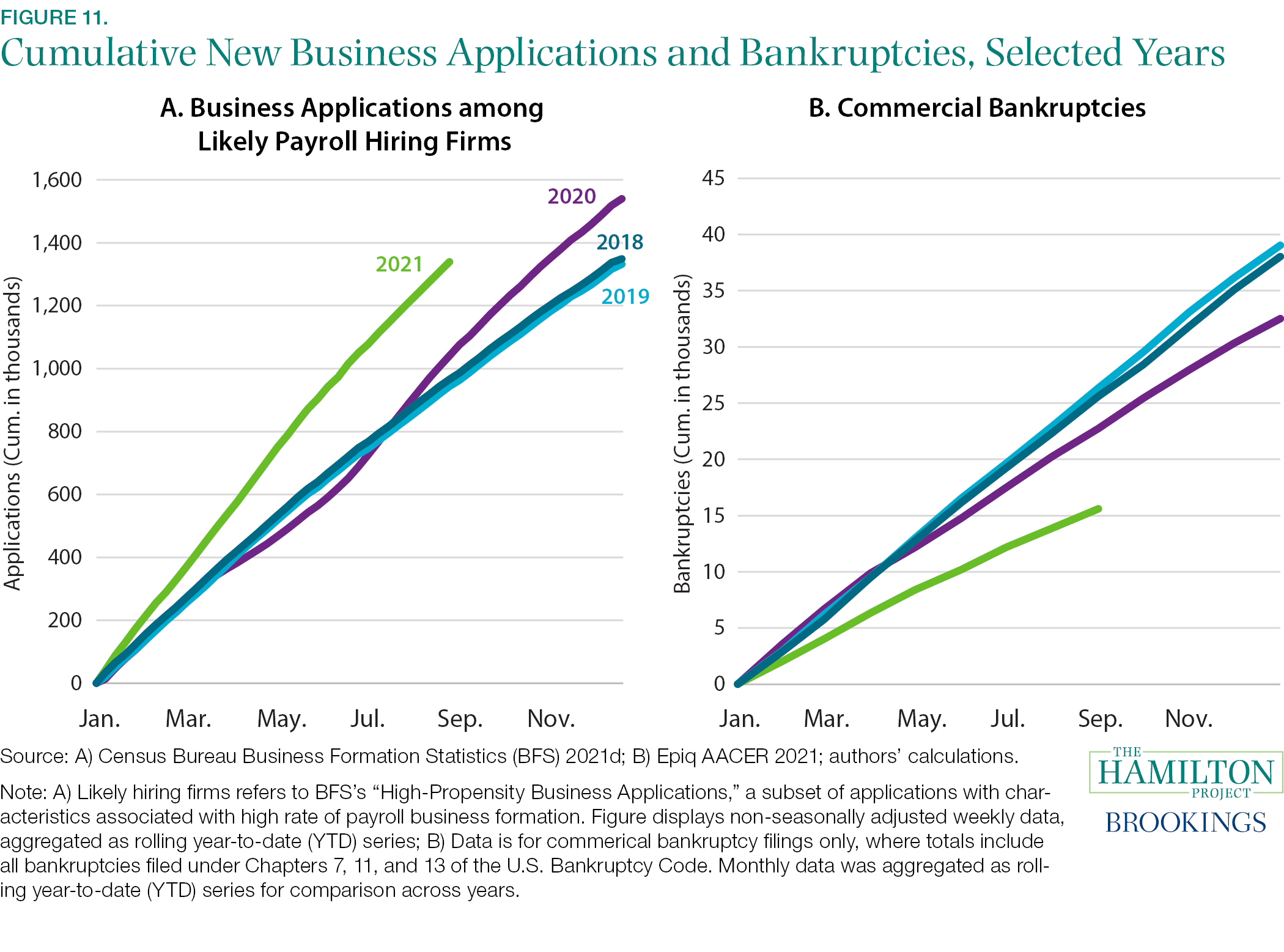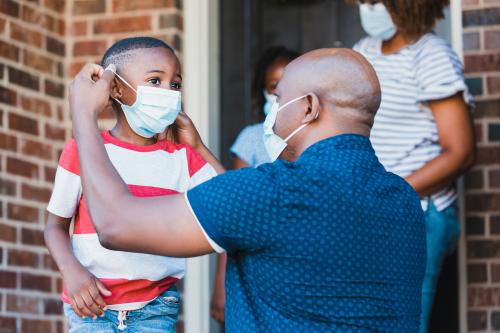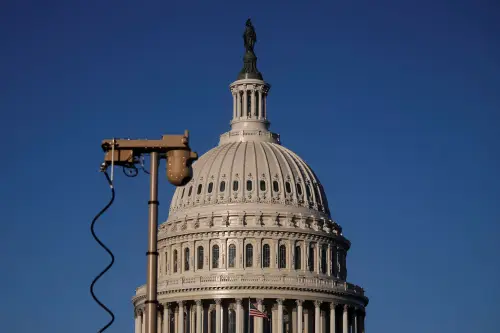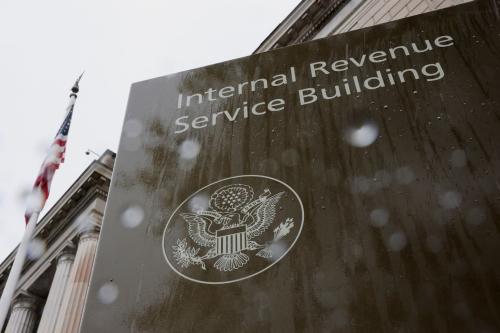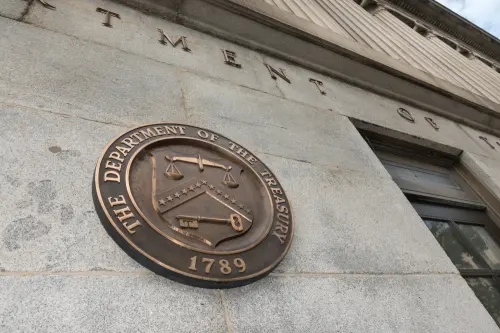Despite the headwinds created by the Delta COVID-19 variant, the economy is recovering. Economic growth during the pandemic has generally surpassed consensus expectations while households and businesses have maintained a surprising amount of activity and spending while social distancing.
The strength in economic output was, in part, a result of the enormous legislative response to both the pandemic and to the human hardship it caused. This includes laws passed in 2020 and 2021 by Congress, chief among them the Coronavirus Aid, Relief, and Economic Security Act (CARES Act), the Consolidated Appropriations Act, and the American Rescue Plan Act. Successive rounds of substantial fiscal support have boosted economic activity since March 2020 and are projected to continue to do so through 2023. To give a sense of the potential impact of federal action on the economy, Edelberg and Sheiner (2021a) estimated that a package of similar magnitude to the American Rescue Plan would boost economic output by 4 percent in 2021 and 2 percent in 2022.
These 11 facts on the economic recovery from the COVID‑19 pandemic build on much of The Hamilton Project’s work over the past year and a half.
- Since the onset of the pandemic, The Hamilton Project has provided guidance to policymakers on the fiscal policy response writ large (Edelberg and Sheiner 2020, 2021a, 2021b; Shambaugh 2020a, 2020b, 2020c, 2020d, 2020e).
- In the summer and fall of 2020, The Hamilton Project published essays from leading economic thinkers projecting how COVID-19 would change the economy (Autor and Reynolds 2020; Edelberg and Shambaugh 2020; Hardy and Logan 2020; Rose 2020; Stevenson 2020), provided interim evidence on the state of the economy (Bauer, Broady, et al. 2020), and published rapid evaluations and policy proposals on nutrition assistance (Bauer, Pitts, et al. 2020) and small business (Hamilton 2020).
- The Hamilton Project has focused on the disparate impact of the pandemic and its economic consequences on women (Bauer 2021; Bauer, Buckner, et al. 2021; Bauer, Estep, and Yee 2021), communities of color (Aaronson, Barnes, and Edelberg 2021; Broady et al. 2021; Grooms, Ortega, and Rubalcaba 2020), and frontline essential workers (Nunn, O’Donnell, and Shambaugh 2020; O’Donnell 2020).
- The Hamilton Project has focused on providing research regarding critical policy areas, including food insecurity (Bauer 2020a, 2020b; Bauer and Schanzenbach 2020), housing insecurity (Broady, Edelberg, and Moss 2020; Edelberg et al. 2021), and labor market distress (Aaronson and Edelberg 2020; Bauer, Dube, et al. 2021; Bauer, Edelberg, and Parsons 2020; Gilarsky, Nunn, and Parsons 2020; Nunn 2020; Nunn and O’Donnell 2020; Nunn, Parsons, and Shambaugh 2020).
- The Hamilton Project has commissioned policy proposals to rethink the social insurance system (Barnes et al. 2021), including unemployment insurance (Dube 2021), paid leave (Byker and Patel 2021), housing (Collinson, Ellen, and Keys 2021), child care (Davis and Sojourner 2021), workforce development (Holzer 2021), and postsecondary education (Arum and Stevens 2020).
Based on this body of work and the facts in this paper, we draw the following conclusions at this point in the economic recovery. First, the initial rapid economic recovery and expected slowing creates risks that policymakers should heed. Second, fiscal support has been essential to accelerating the recovery. Third, greater federal investment in infrastructure, both physical and human, is key to improving the country’s longer-term economic prospects.
The Economic Recovery
With the ongoing effects of fiscal support, pent-up demand from consumers for face-to-face services, and the strength in labor markets and asset prices, economic growth is poised to be strong for the remainder of 2021. Indeed, the Congressional Budget Office (CBO) projects that real GDP will grow 7.4 percent from the fourth quarter of 2020 to the fourth quarter of 2021 (CBO 2021c). Moreover, CBO predicts that, by the middle of 2022, real GDP will exceed its sustainable level by 2.5 percent. The sustainable level of GDP, also known as potential output, is not a ceiling. Instead, it is the estimated level of output, given current laws and underlying structural factors, that the economy can achieve without putting upward pressure on inflation. As the factors boosting growth in the short term begin to wane, real GDP growth is expected to slow significantly.
CBO’s projection is subject to a great deal of uncertainty. In particular, the resurgence in the pandemic stemming from the Delta variant, vaccine hesitancy, and the slowness in vaccinating children ages 12 and younger appear to have dampened the growth of consumer demand and employment. Recent data suggest that the latest COVID-19 wave might be waning. However, if the Delta variant—or others that take its place—continue to affect consumer behavior and supply chains, the economic recovery will be notably slower.
In addition, although consensus projections are for a soft landing, including a couple of quarters with GDP roughly moving sideways, the slowdown could be more abrupt and painful than those projections suggest. There are actions that Congress could take to help avoid a painful slowdown in activity—both by fine-tuning the timing of spending and by focusing resources on policies that boost potential output. For example, changes in policy that repurpose fiscal support from boosting current aggregate demand to policies that would boost the economy’s potential (such as federal investment in infrastructure that would increase labor supply and human capital) would increase the chances of a soft landing, in part by raising the landing area to a higher level.
The Uneven Nature of the COVID-19 Pandemic and Economic Recovery
As of September 26, 2021, more than 687,000 people in the United States have died from COVID-19; and more than 4.7 million have died worldwide (Johns Hopkins 2021). At the onset of COVID-19, the virus displayed clear geographic trends, beginning in densely populated coastal cities then spreading to more rural parts of the country (Desjardins 2020). With the pandemic first hitting the Northeast, in April of 2020 New York and New Jersey accounted for more than 60 percent of deaths and more than 40 percent of hospitalizations from COVID-19. The Delta variant and vaccine hesitancy have changed the geographic patterns: as shown in figure A-1, since mid-July 2021 patients hospitalized with COVID-19 in the South have risen to account for nearly two‑thirds of the US total, with half of those patients in Florida and Texas (broken out from the rest of the region in the figure).
The economic downturn caused by the pandemic has created widely different experiences across sectors and demographic groups. In the spring of 2020, spending on consumer services sharply contracted and has yet to fully recover. Indeed, of the 22 million total jobs lost in March 2020, nearly 19 million were in service-providing businesses, including a decline of 8 million in leisure and hospitality. Leisure and hospitality has added back more than 6.5 million jobs so far; as a result, it is still 10 percent short of returning to its pre-pandemic level, and even farther below its expected level in the absence of the pandemic. Other industries, such as financial services, that experienced shallower dips in employment during the onset of the pandemic, have also been the quickest to recover as their workforces were better able to shift to remote work.
Those sector dynamics disproportionately hurt women, non-white workers, lower-wage earners, and those with less education (Stevenson 2020). Because workers among those groups were more likely to be employed in the services sector, and in particular in the leisure and hospitality sector, they experienced job losses at much higher rates. For example, the gap in the rates of unemployment between Black and white men jumped from 3 percentage points to 6 percentage points during the initial downturn. By July, that gap had partially fallen back and was 4 percentage points.
The uneven recovery is also evident when we focus on consumer spending at retail establishments. Between February and April 2020, overall retail sales sank 22 percent before quickly recovering to their pre-pandemic level just a few months later. As people began social distancing, spending shifted to at-home consumption, benefiting businesses like online retailers, grocery stores, and suppliers of building and garden materials. Indeed, spending on total retail sales has averaged 16 percent higher than its pre-pandemic level so far this year. At the same time, some categories of retail sales were severely depressed until showing signs of recovery in March of this year; those include in-person dining and spending on clothes, electronics, and appliances.
Overall, the pandemic continues to weigh on aggregate demand for goods and services. In addition, bottlenecks and supply shortages have created challenges for businesses to meet consumer demand for some products, particularly as consumer demand has shifted wildly. Also, the pace of hiring has not kept up with the pace of labor demand, as job matching has been held back by a number of factors described below.
Those developments have led to a notable increase in inflation. Because prices fell in 2020, one-year changes from August 2020 to August 2021 overstate the increase in inflation since the pandemic began. Instead, focusing on the annualized rate of inflation since February 2020 shows that inflation through August 2021 (as measured by the core consumer price index) was 3.1 percent, substantially lower than the one-year trend but still higher than any annual increase since the early 1990s.
There are two primary reasons why the rise in inflation is unlikely to persist. First, the significant shifts in demand and bottlenecks are a function of the recent, temporary pace of economic activity. For example, demand for automobiles recovered quickly during the pandemic to high levels even as production was curtailed, in part due to disruptions in the supply chain for critical semiconductors. The result has been a sharp increase in prices for new and used vehicles. Second, as production is increased (with normalization of global supply chains) and growth in demand abates, inflation should slow overall.
Nonetheless, certain factors will continue to create inflationary pressure; even with the slowdown, economic activity over the next year or so will continue to exceed the sustainable level. We might also see price spikes in certain services as demand shifts. For example, from March 2021 through July sales at restaurants were up 14 percent while sales at building materials and garden stores were down 11 percent. Such changes could lead to price surges at restaurants that more than offset softer prices at stores selling building materials and garden supplies. In addition, the rapid rise we have seen in home prices will likely translate into significantly higher rental costs across the country.

Download the report for full list of references.
The Brookings Institution is committed to quality, independence, and impact.
We are supported by a diverse array of funders. In line with our values and policies, each Brookings publication represents the sole views of its author(s).



